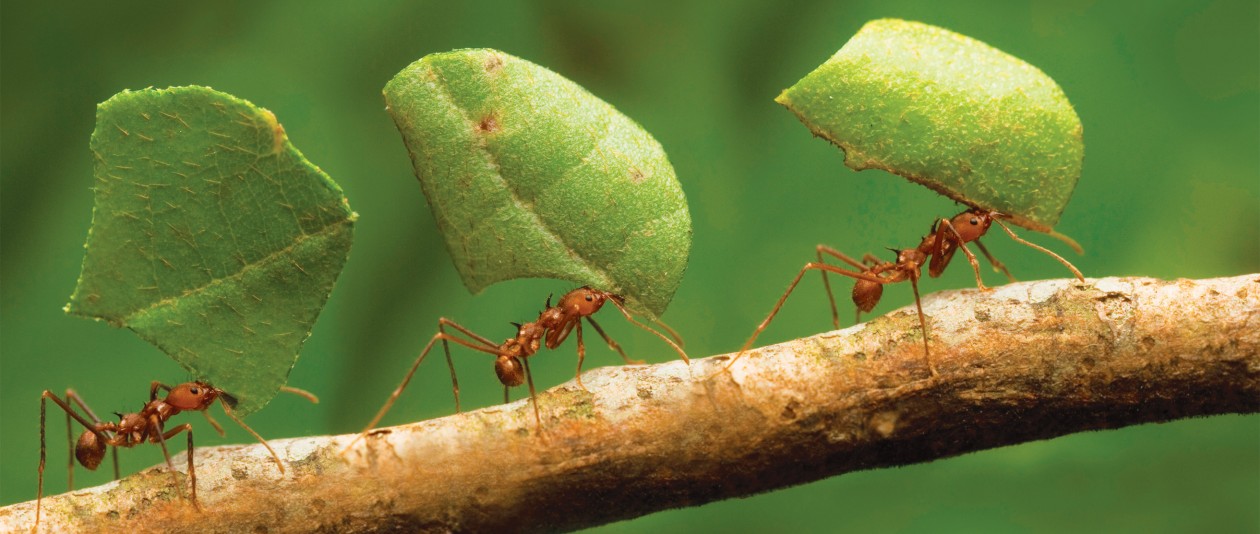Our week at NCCAT was nothing short of amazing. My group arrived a little before noon on Monday. I rode to NCCAT with three other educators from the Raleigh area. It really was a great suggestion to carpool because I connected three other local Kenan Fellows after our round-trip of 10 hours. We checked into our rooms and when I realized that we did not have TVs I went exploring. I found that there was one big TV in the common area with a lot of old VHS tapes. There were even some games in the common area.
Soon, we headed over to the main building to take professional portraits, listen to the NCCAT welcome and expectations, and execute our icebreaker activity. That was followed up with team photos and our very first meal at NCCAT. I heard that meals at NCCAT we’re good, but, wow, the macaroni and cheese was to die for!
Tuesday was a long day of professional development. In the morning we were able to work with our teams to come up with a common idea of what we wanted our fellowship final product to be. It was wonderful to work with my team and realize that we were all sharing a common idea before we had even started. Then after an amazing lunch, of taco salad with all of the toppings, we went to concurrent sessions on instructional technology. I attended three different sessions.
The first session was on augmented reality. I loved the session and plan to use a lot of augmented reality in my classroom in the future. I even plan to make my new business card into an Aurasma. I was also introduced to Plickers, and I am looking forward to using then in my classroom next year. The next session I attended was Encouraging Independent Learners with BYOD. Paul Cancellieri made a lot of valid points about training students to use their devices to help them in the classroom. Mr. Cancellieri allows students to complete their warm-ups, check their email, and check their power school grades daily. He also has students graph of their grades in their notebook weekly. I learned a lot from the session and I do plan on having students use devices in my classroom more often to get the more comfortable with emails and technology in general. The last session I went to was called sharing your journey via social media. I found this session to be helpful because it helps me understand my role as a Kenan Fellows and how sharing my journey is important to the program.

After the concurrent sessions, I was able to take a hike with a group of other Kenan Fellows. Climbing the mountain that NCCAT is located on was so much fun. We had great conversations and were able to enjoy lots of the wildlife. Later, we all headed to dinner before our first ever Edcamp. An Edcamp is a type of professional development where teachers pick sessions on topics they would like to discuss. All of the teachers add input and collaborate together. Typically there is a facilitator to keep the group on track and take notes. The sessions were formed by taking a poll of the teachers and deciding what they wanted to discuss. The Edcamp was wonderful professional development. From what I heard, all of the Kenan Fellows really enjoyed it and would love to bring this back to their schools! I enjoyed Edcamp because I was able to share some of the things that I’m doing in my classroom and listen to what other teachers are doing in their classrooms. Edcamp is a very engaging professional development that allows teachers to be involved versus just listening to a presenter.

Then after a restless night of excitement, we packed our gear and headed out to the Nantahala Outdoor Center where we spent our day white water rafting. We learned about the unique abiotic factors that make this area a specie rich environment, and most importantly we engaged in team building. This was a once-in-a-lifetime experience that I will cherish for years to come. Later on that night, we took a road trip out to Cataloochee Valley to watch the wild elk graze. It was a breathtaking sight and the perfect end to the perfect day.

Thursday was a long, yet informative day of professional development. I attended sessions on project-based learning, Gamification, and Citizen Science. Although I thoroughly enjoyed all of the sessions, I still feel that I have a lot to learn about all of these individual topics. Later in the day, we attended one more session about working with parents. This was a big eye-opener for me because I am not a parent and I now feel that I understand a lot more what parents need.
Friday morning we enjoyed a wonderful breakfast and attended our awards ceremony. My team, Students Discover: School of Ants, won the team award. They said the reason that we won this award was because we bonded so quickly and were able to work so well together. I am so thankful for my team and very thankful for the experience and opportunity to attend NCCAT for a week!



















